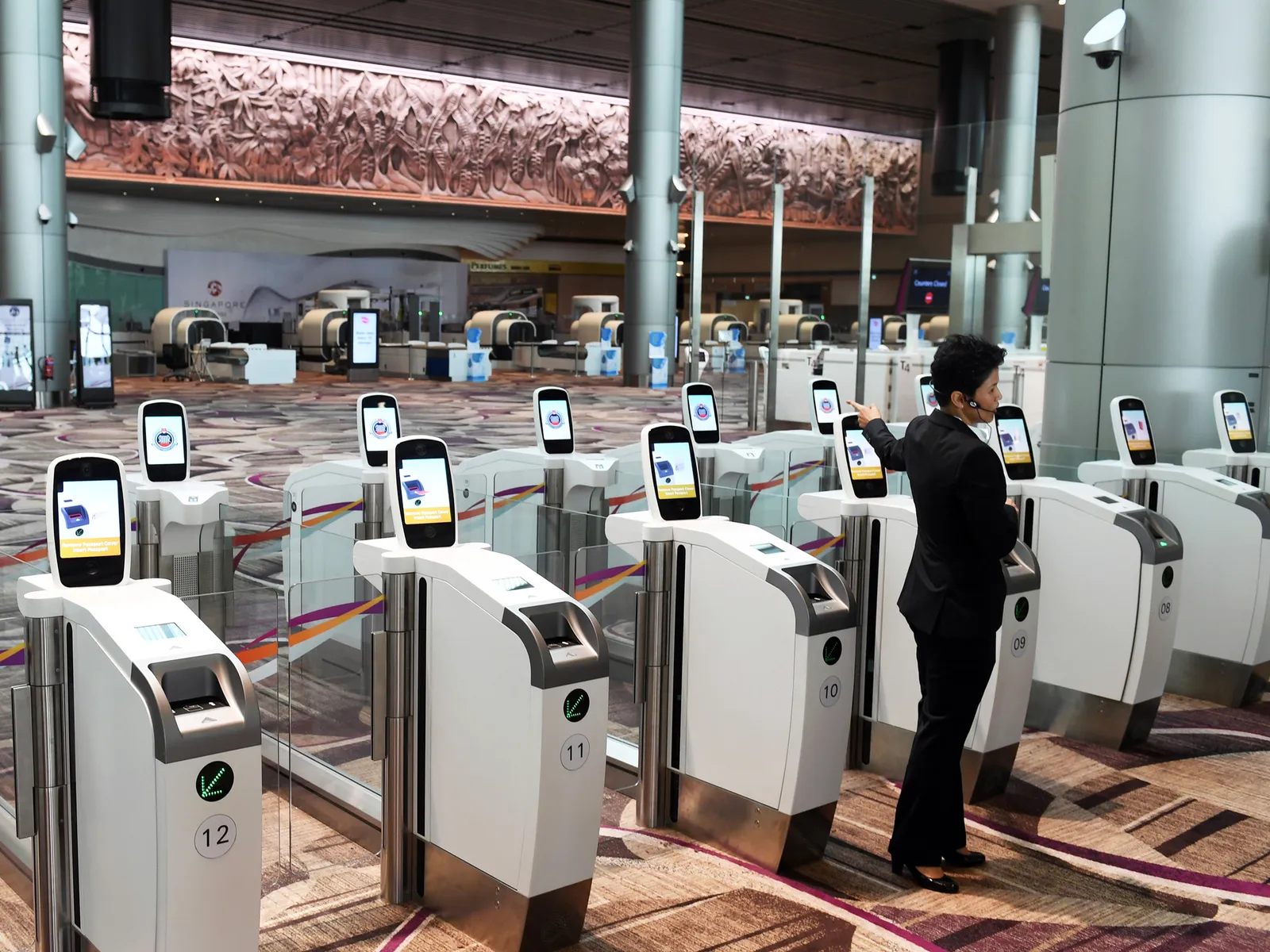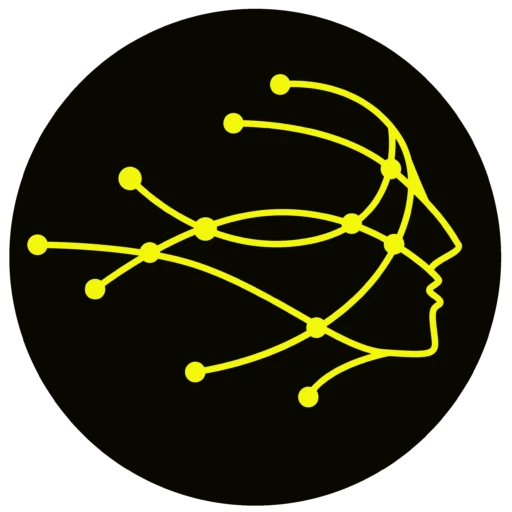Face recognition technology has made remarkable strides in recent years. Software development kits (SDKs) have made it easier than ever for developers to integrate this powerful tool into various applications. Face recognition is a biometric technology that uses mathematical algorithms to analyze the unique characteristics of an individual’s face. It maps facial features, measures distances between points like the eyes or the tip of the nose, and creates a representation called a “faceprint.” This faceprint is compared to a database of known faces for identification or authentication. Face recognition SDK streamline the process by providing pre-built libraries, functions, and tools. Developers utilize these SDKs to create a wide array of applications that transform how we interact with the world.

Technical Underpinnings of Face Recognition
Facial recognition technology leverages sophisticated algorithms and techniques to identify or verify individuals based on their unique facial features. This process involves multiple stages, from image capture to the generation of a mathematical representation of the face.
[table id=12 /]
Face Recognition SDK Considerations
Face recognition software development kits (SDKs) empower developers to integrate this powerful technology into their applications. These kits provide pre-built libraries, functions, and tools, streamlining the process of incorporating facial recognition features.
[table id=13 /]
Various Innovative Uses of Face Recognition SDK
Enhanced Security & Access Control
Facial recognition can replace or augment passwords and keycards for secure entry to buildings, restricted areas, or devices.
[table id=14 /]
Law Enforcement & Surveillance
SDKs aid law enforcement agencies in identifying suspects from surveillance footage, potentially enhancing public safety.
[table id=15 /]
Fraud Prevention
In finance and e-commerce, facial recognition helps combat identity theft by verifying customers during transactions.
[table id=16 /]
Personalized Customer Experiences
Stores and businesses use SDKs for tailored advertisements, VIP recognition, and streamlining services based on customer demographics.
[table id=17 /]
Smart Cities & Infrastructure
Facial recognition optimizes traffic flow, aids in public transportation ticketing, and can enhance security in public spaces.
[table id=18 /]
Healthcare
SDKs enable secure patient identification, remote vital signs monitoring, and can potentially assist in the diagnosis of certain conditions.
[table id=19 /]
Conclusion
Facial recognition technology, fueled by powerful SDKs, brings both impressive capabilities and ethical considerations. In ideal conditions, verification algorithms can achieve near-perfect accuracy – as high as 99.97% on assessments like NIST’s FRVT. This potential drives a rapidly expanding market projected to reach US$10.34bn by 2030. Its impressive accuracy and growing market demonstrate a shift towards wider adoption.

